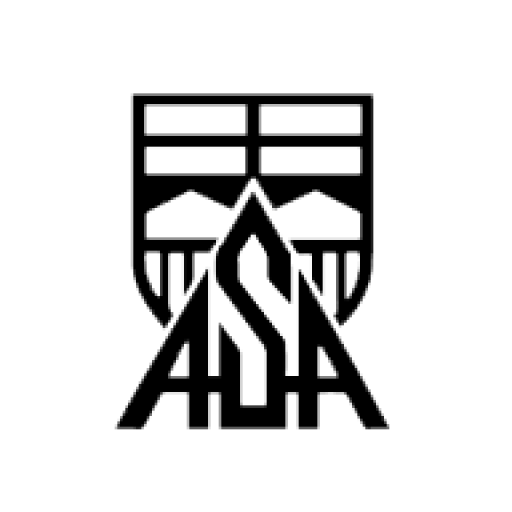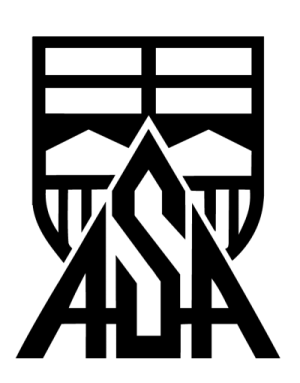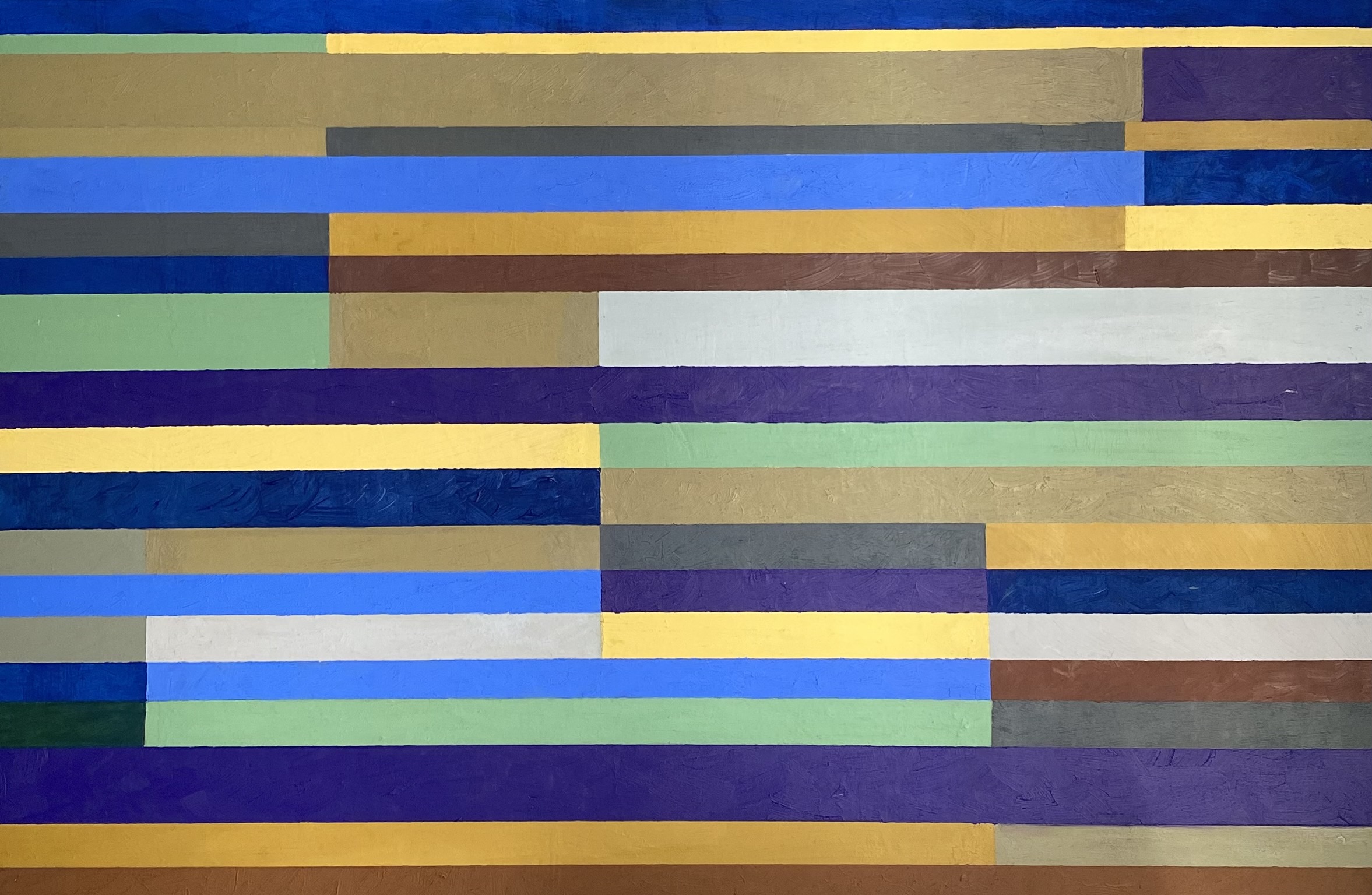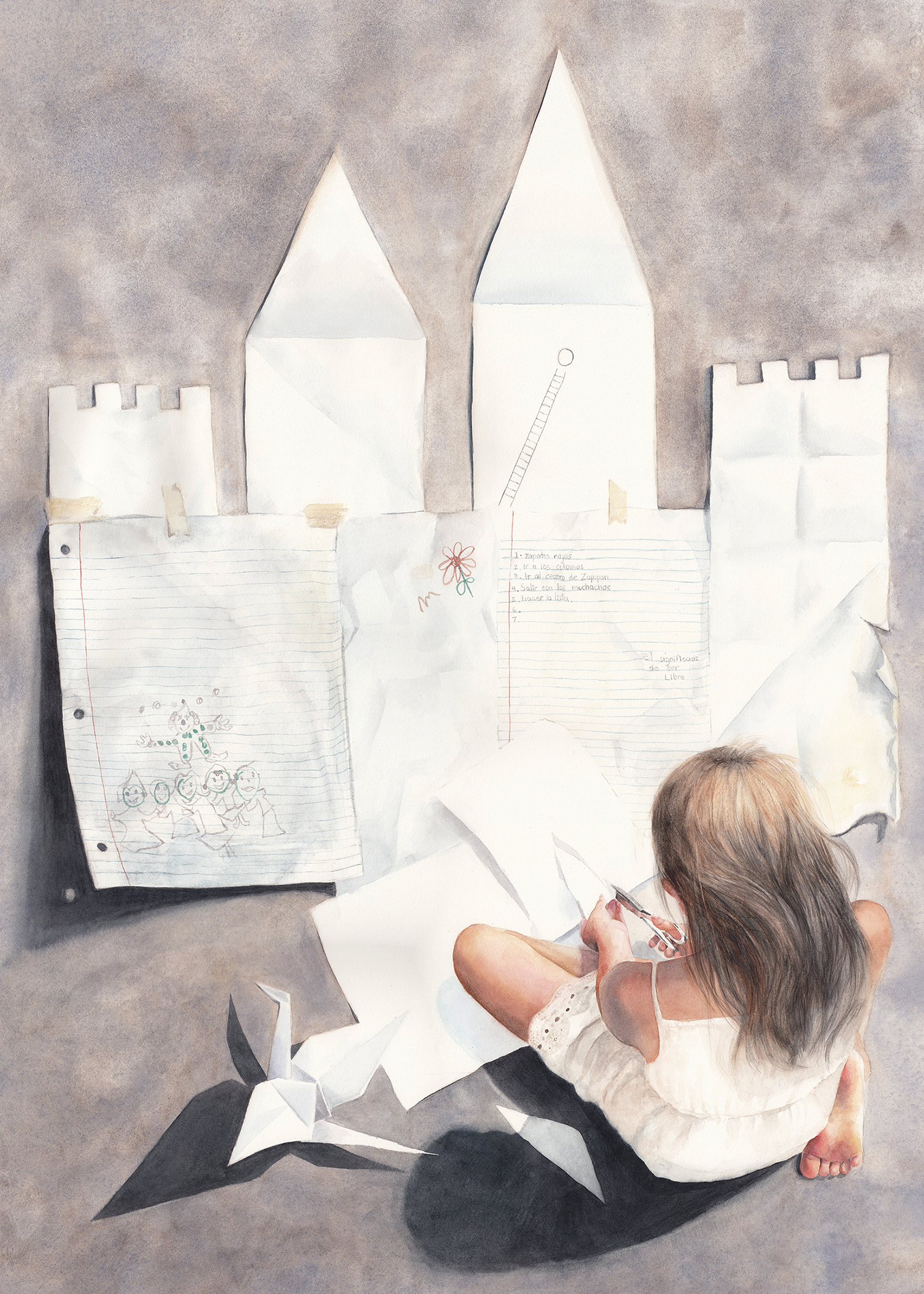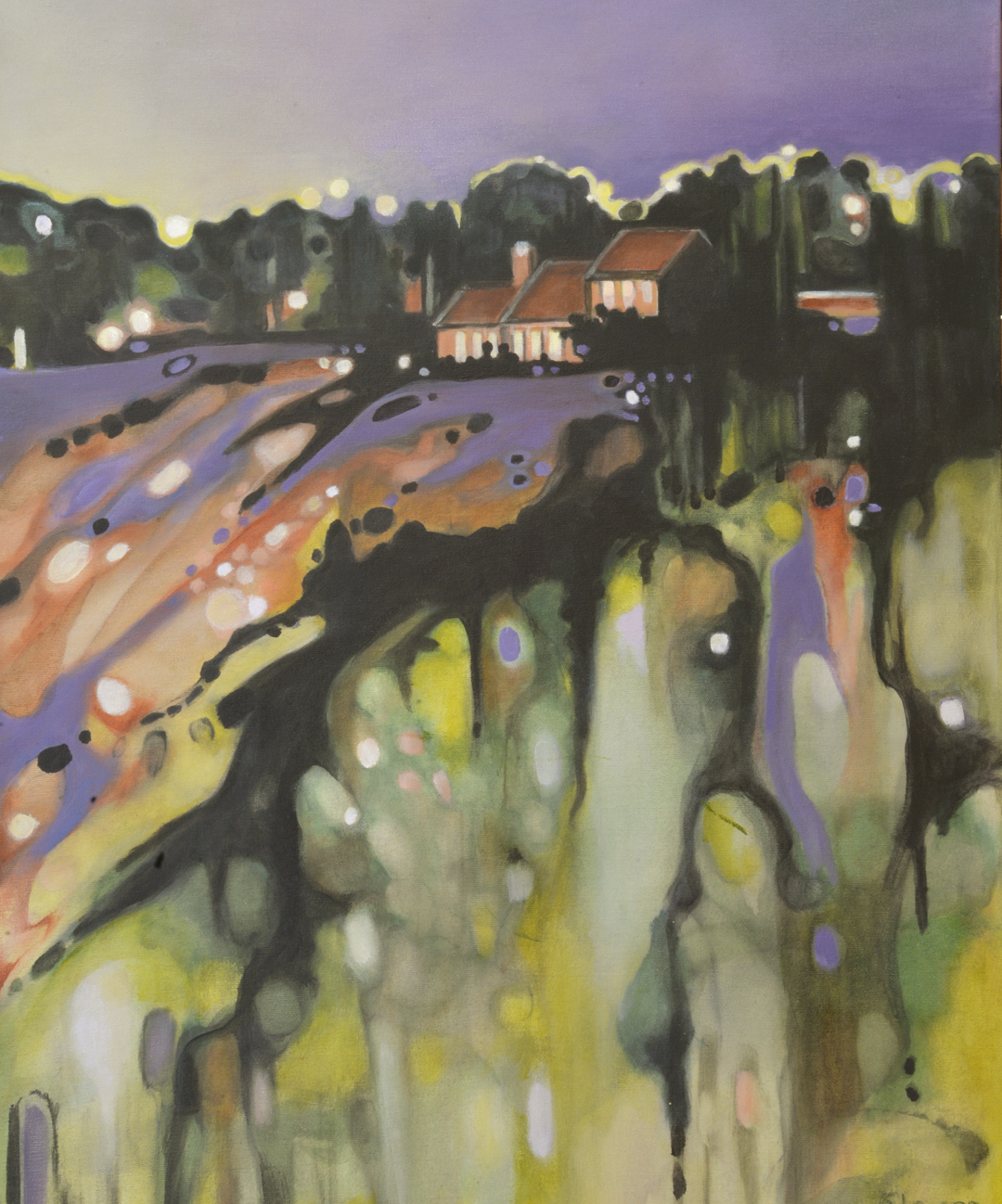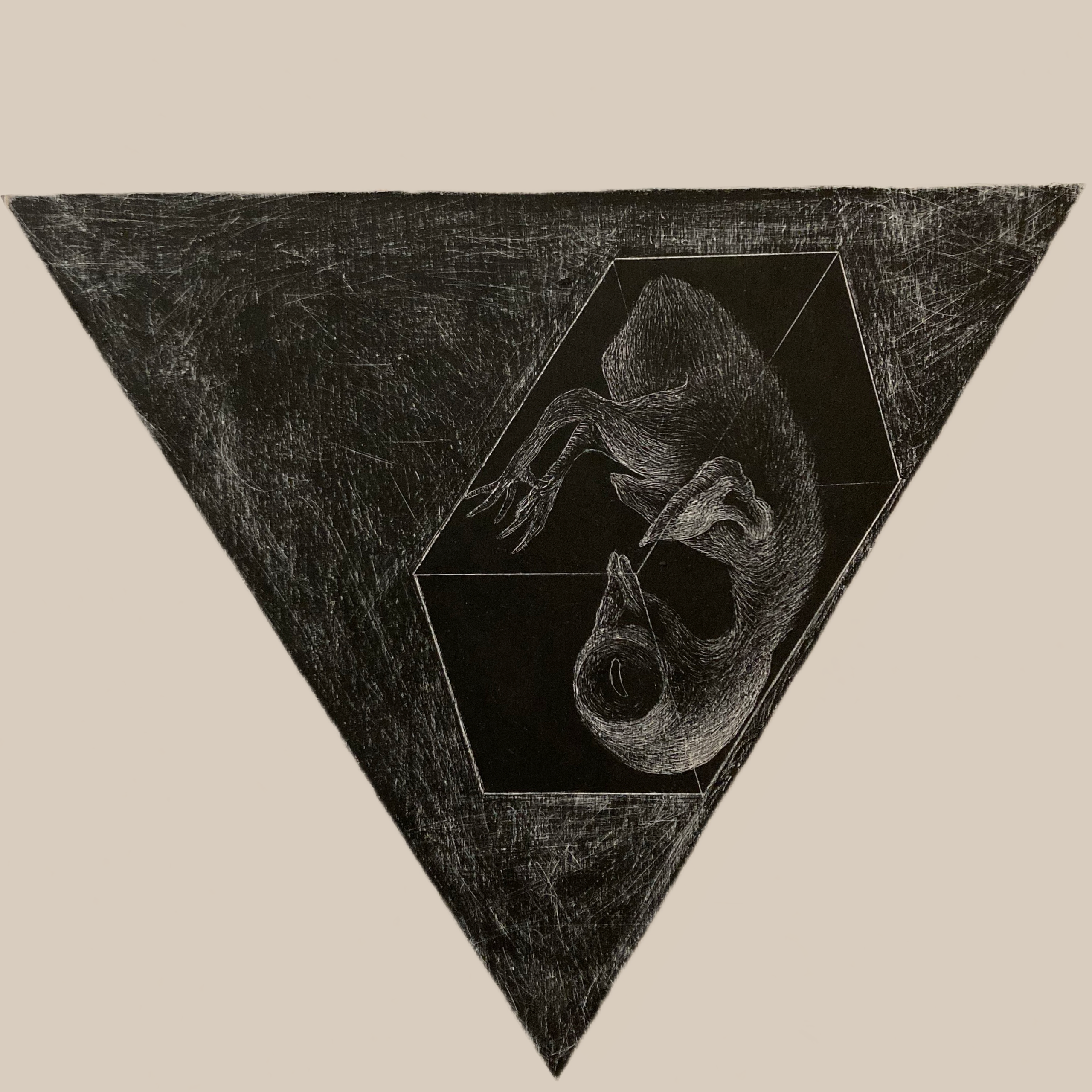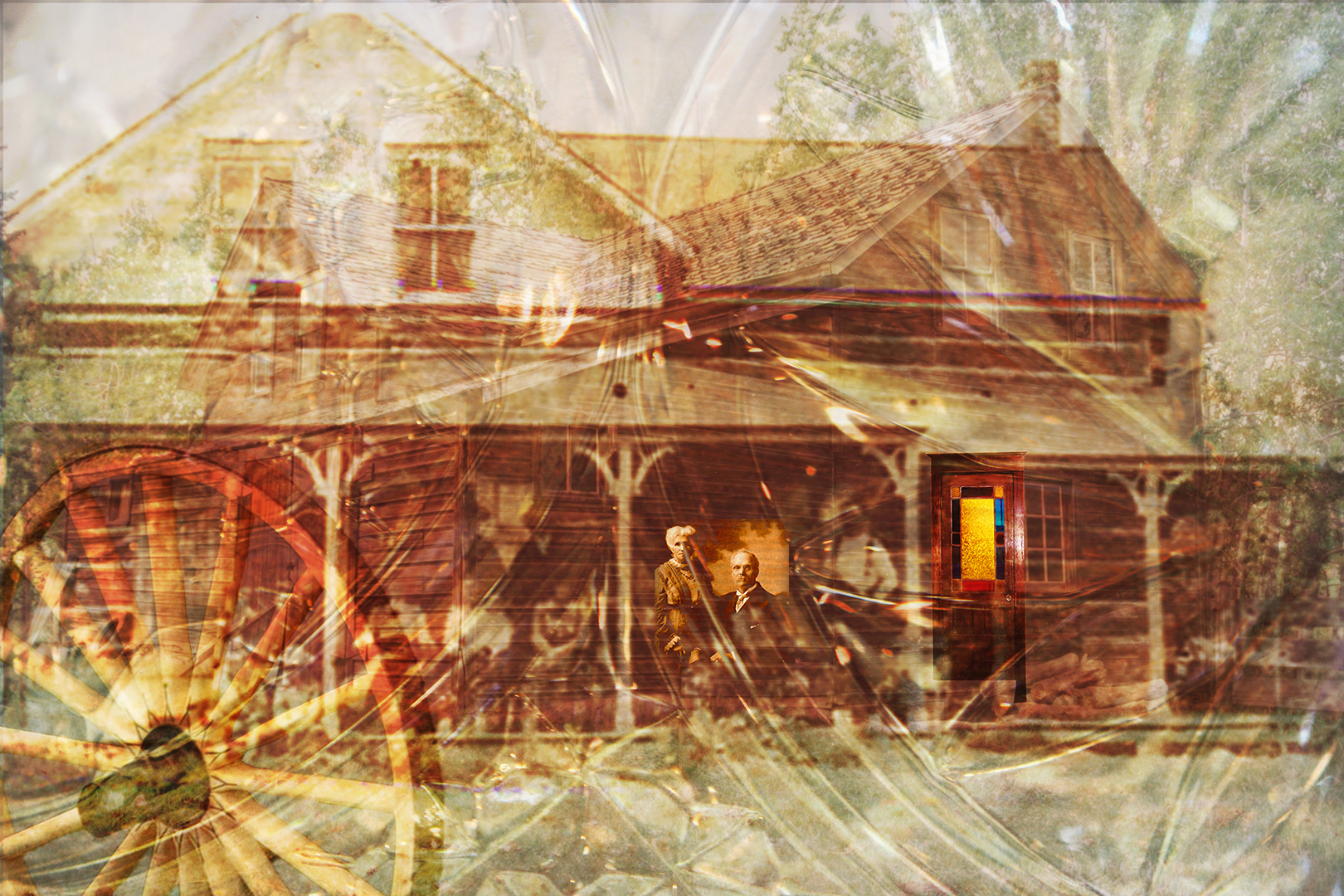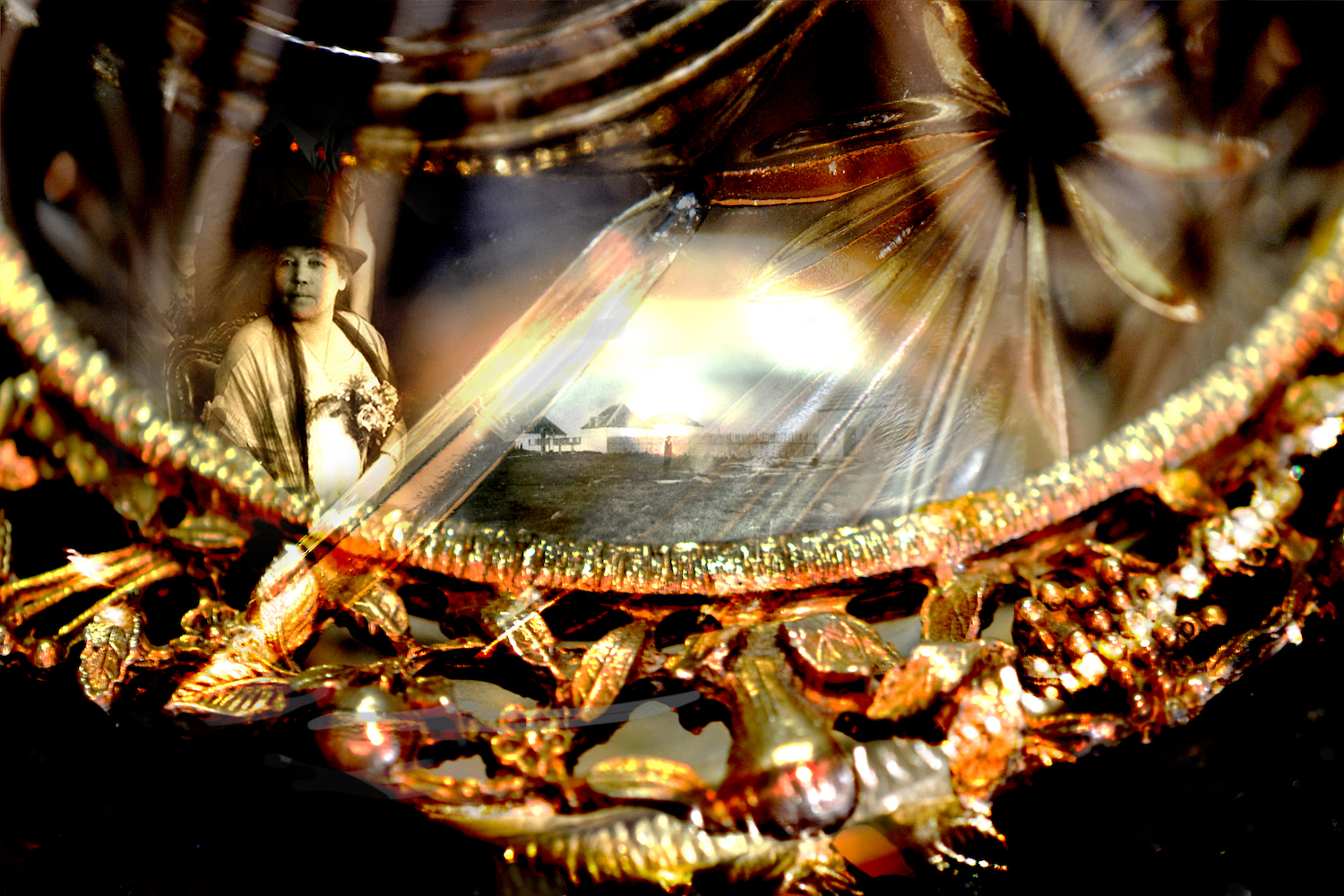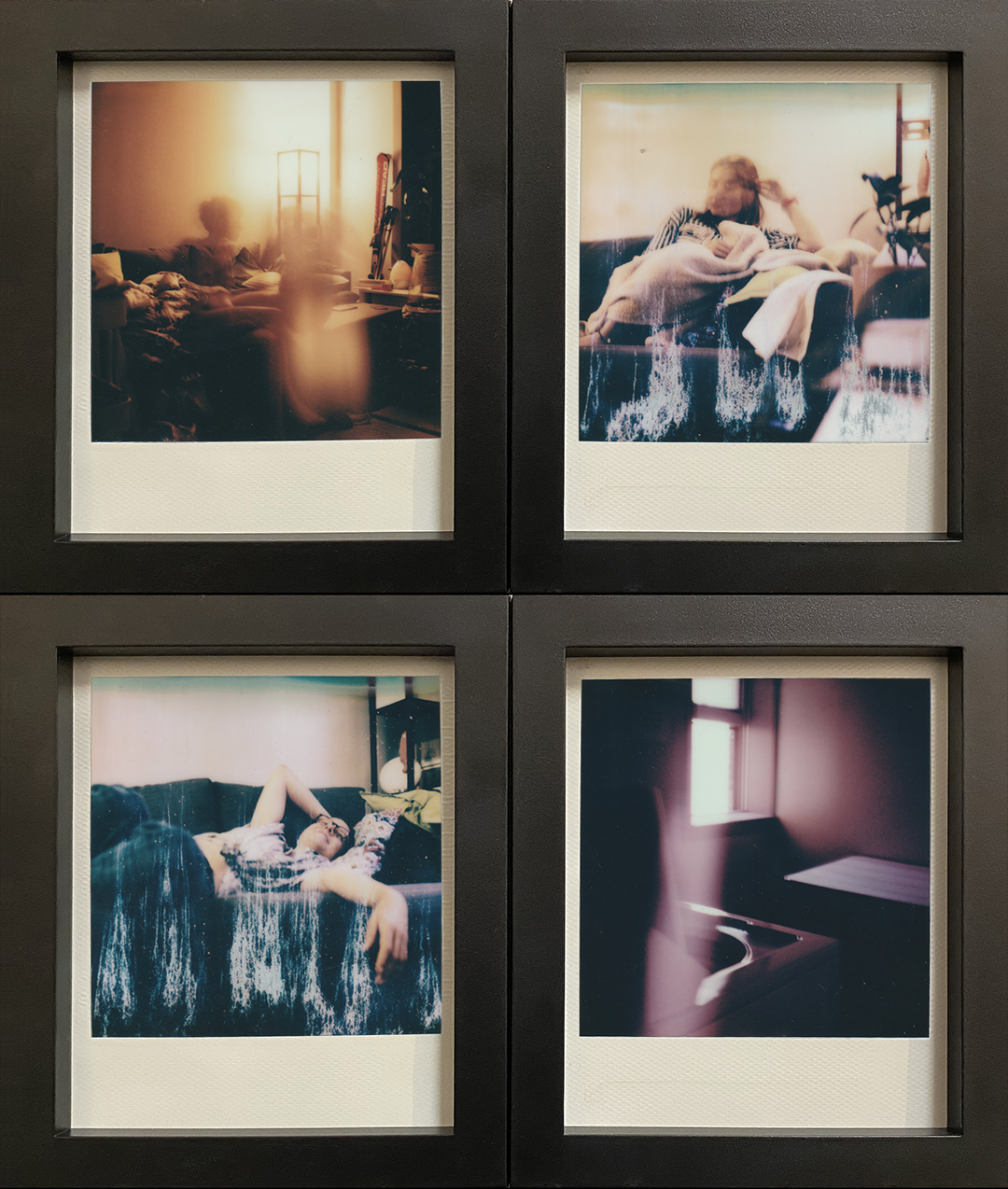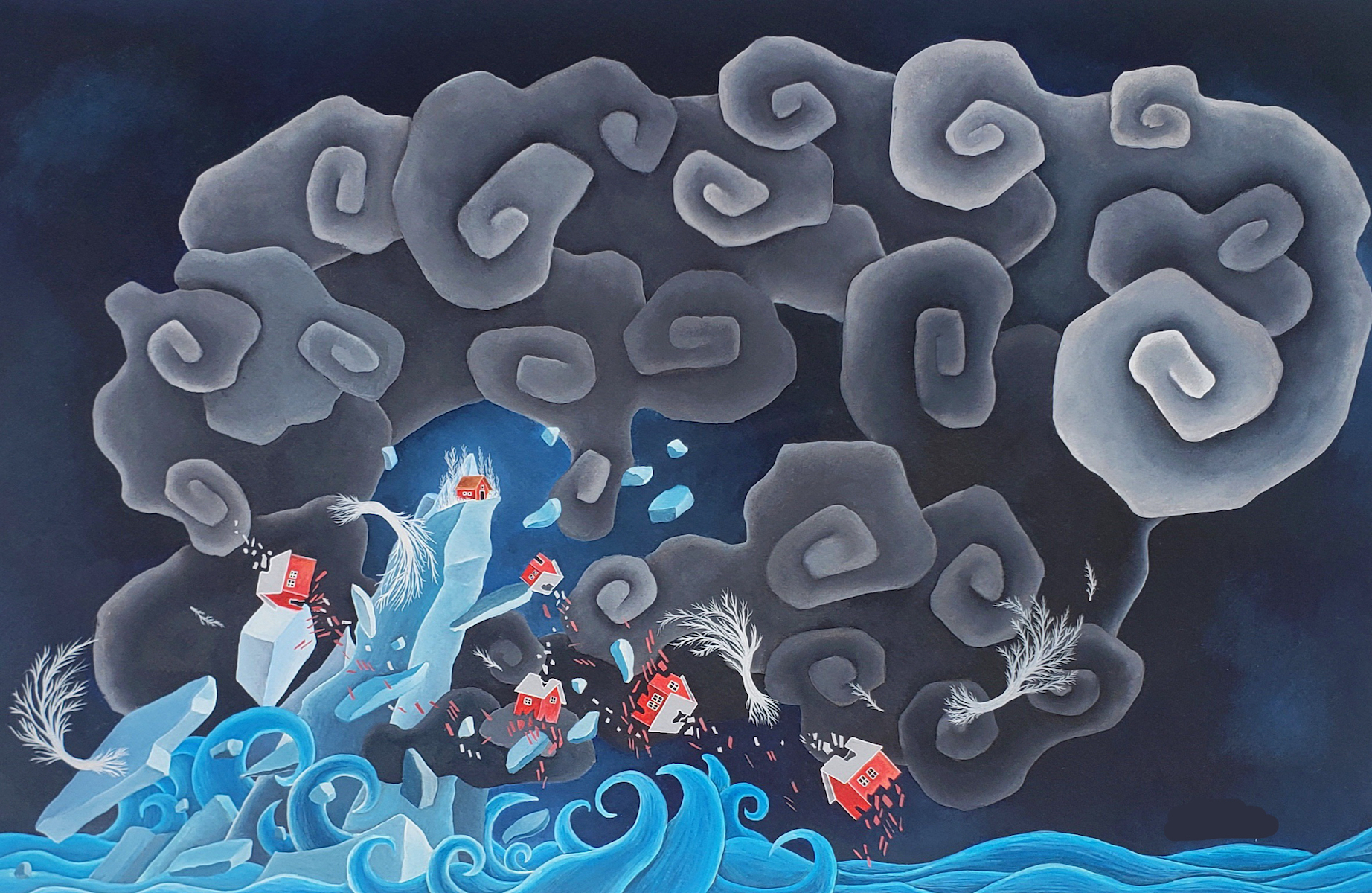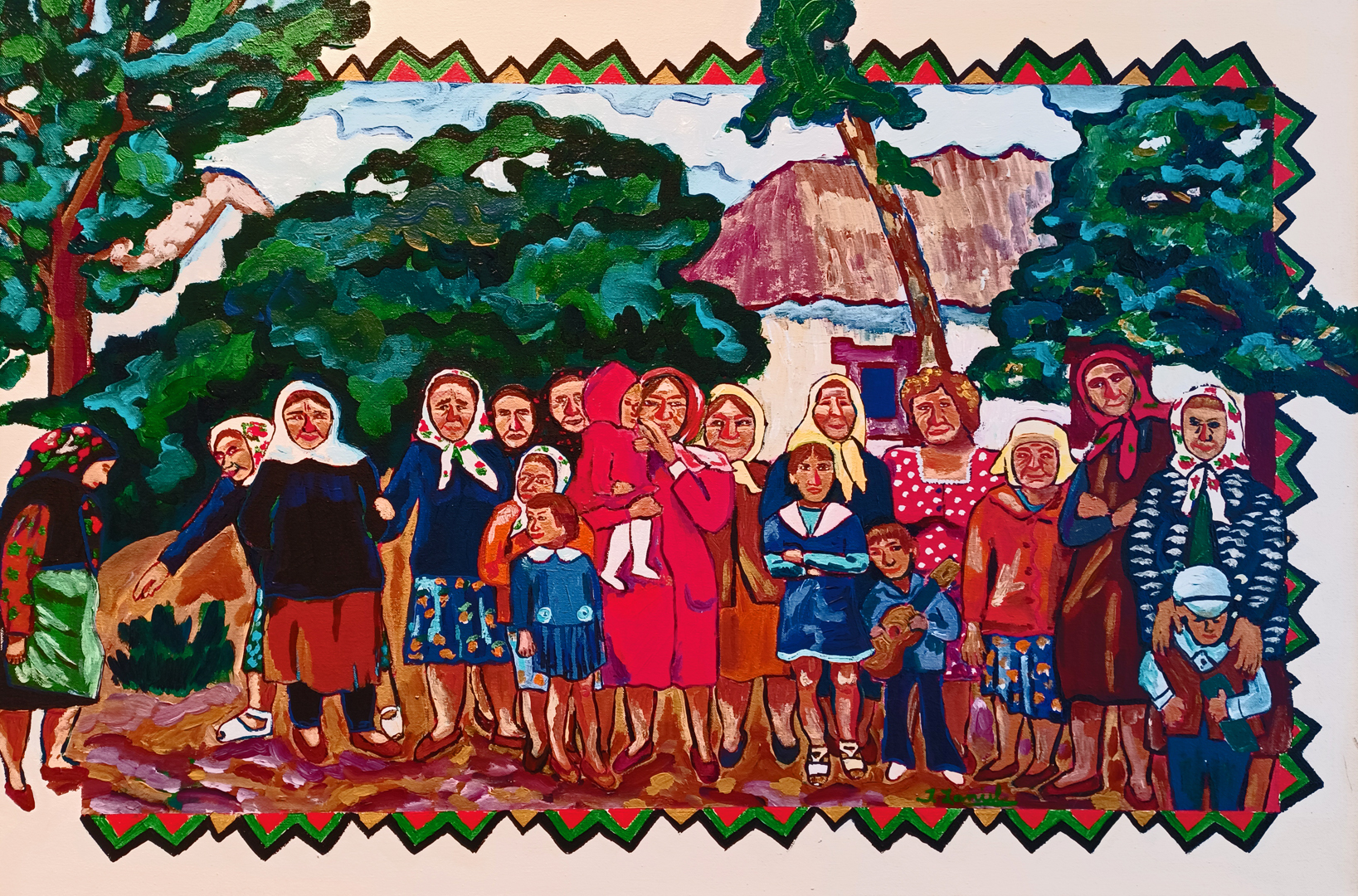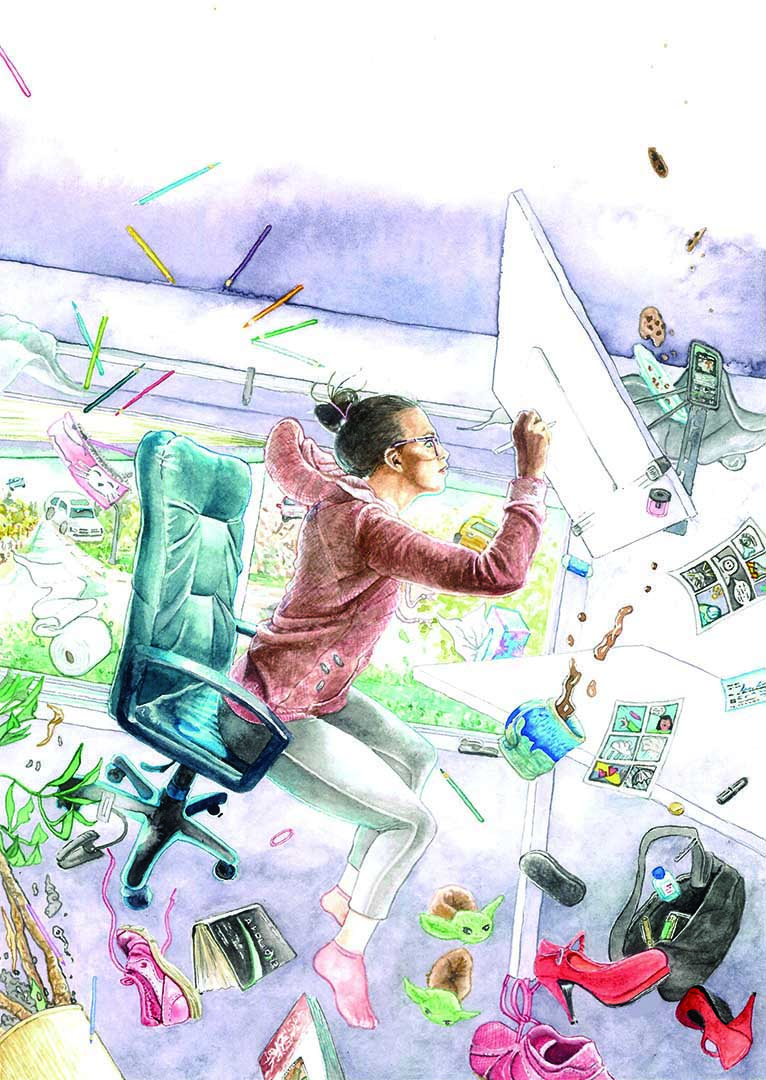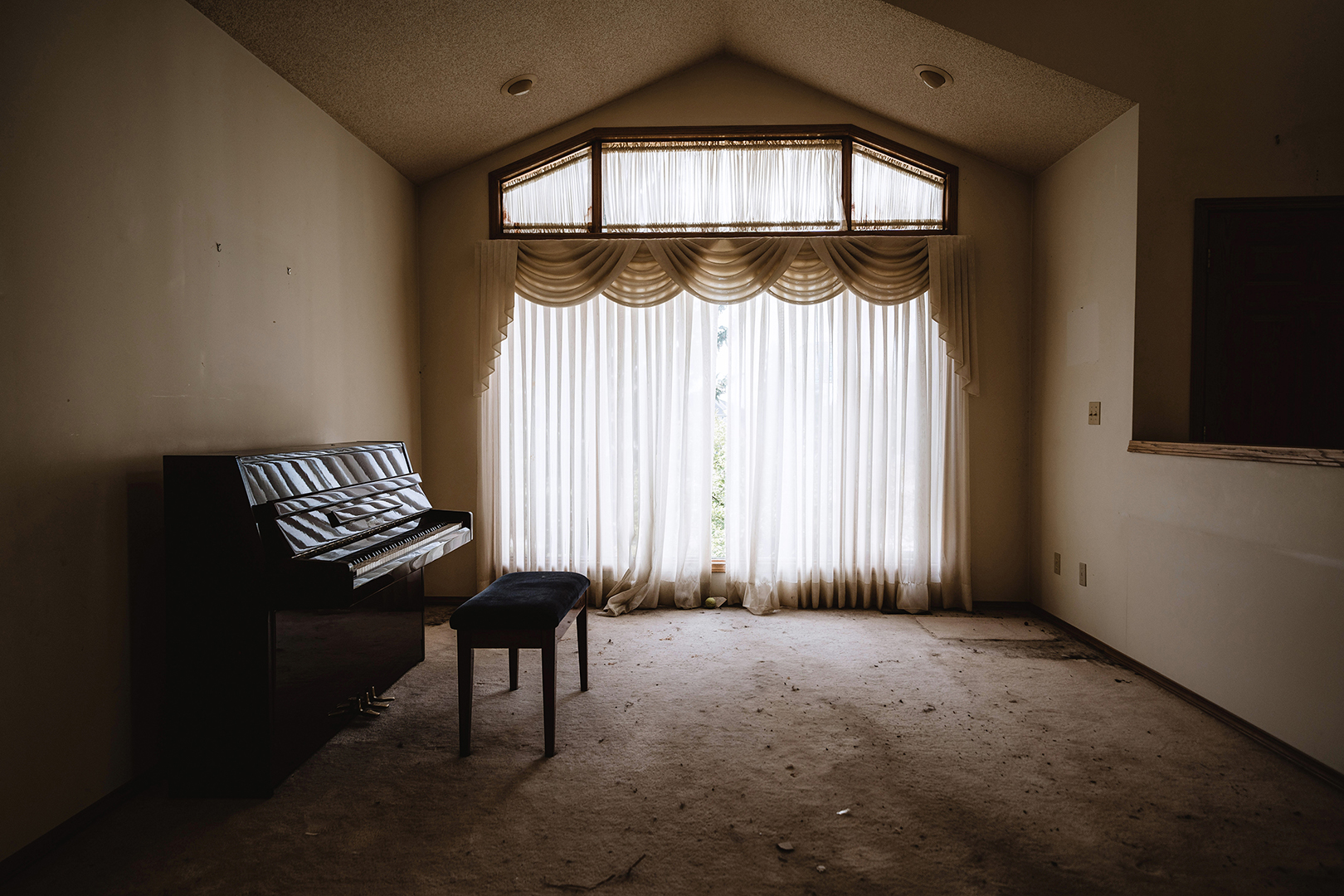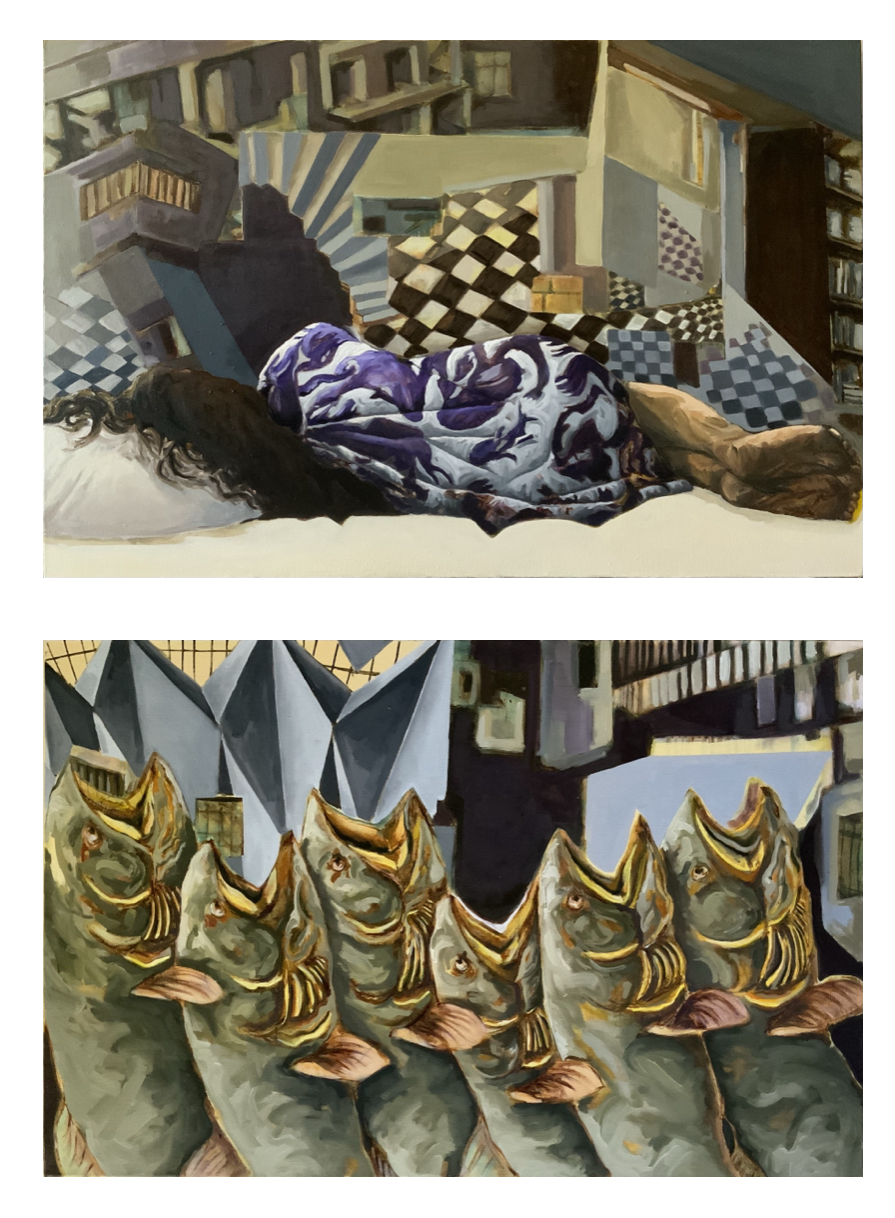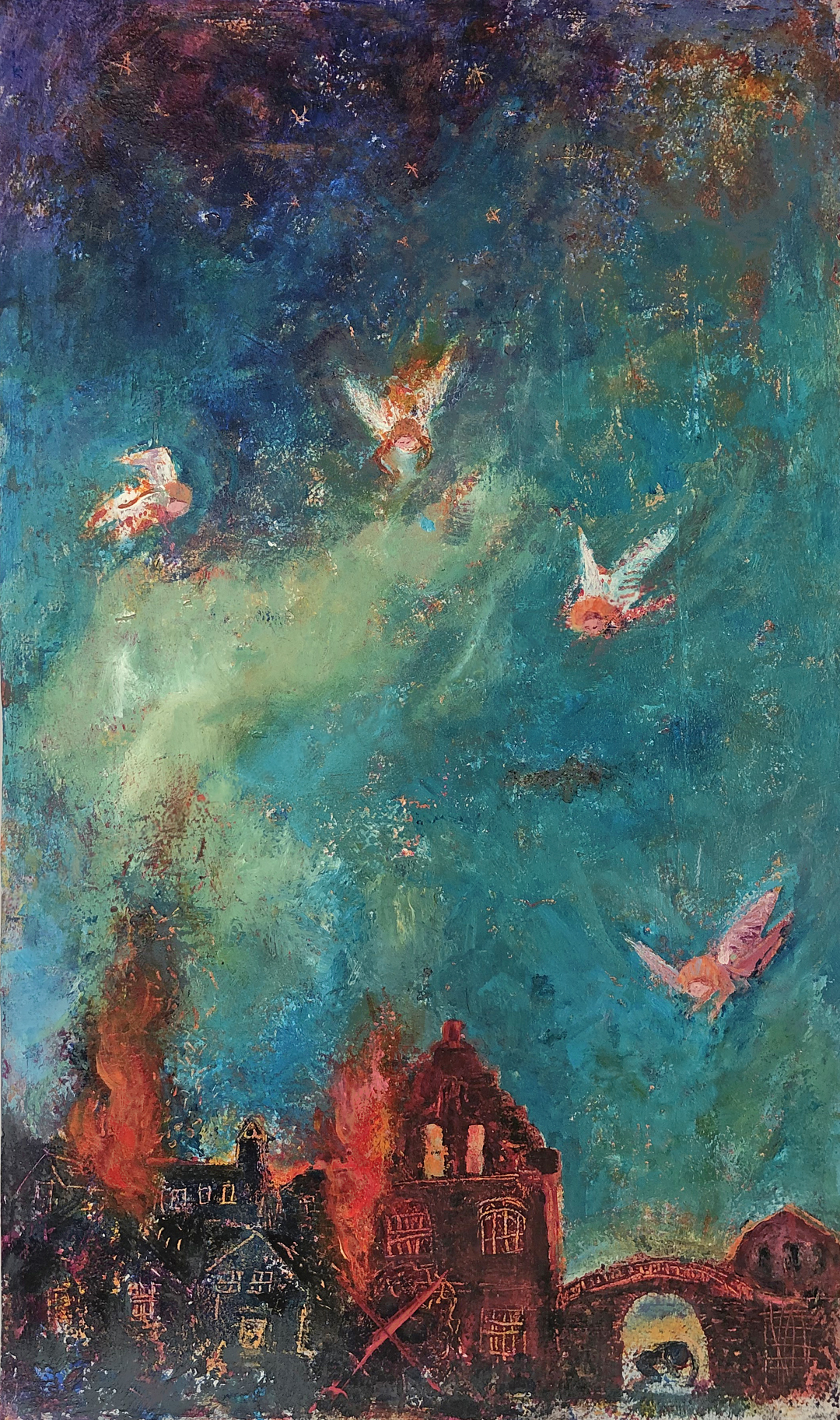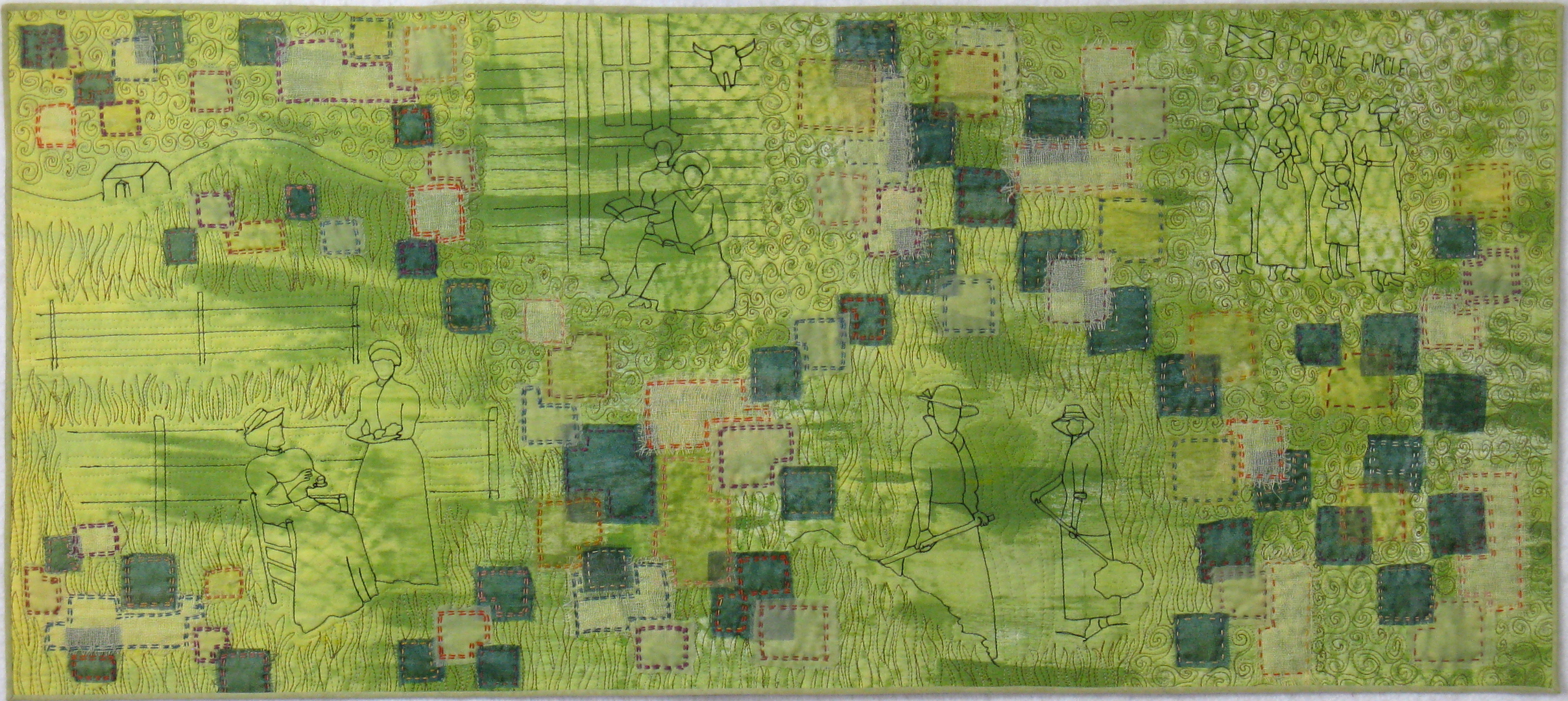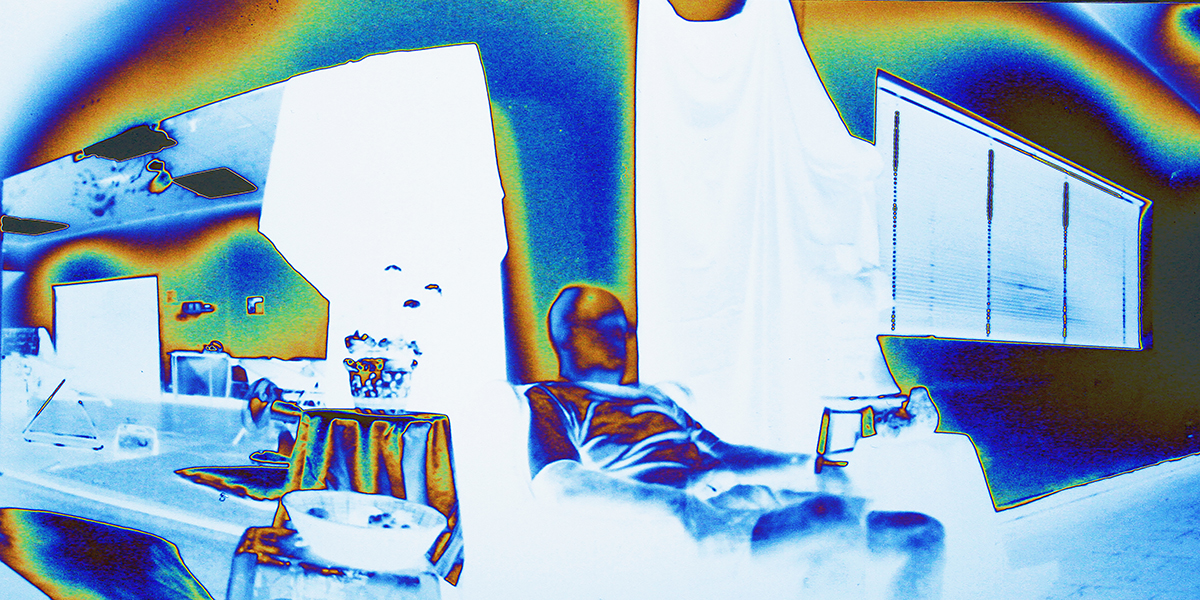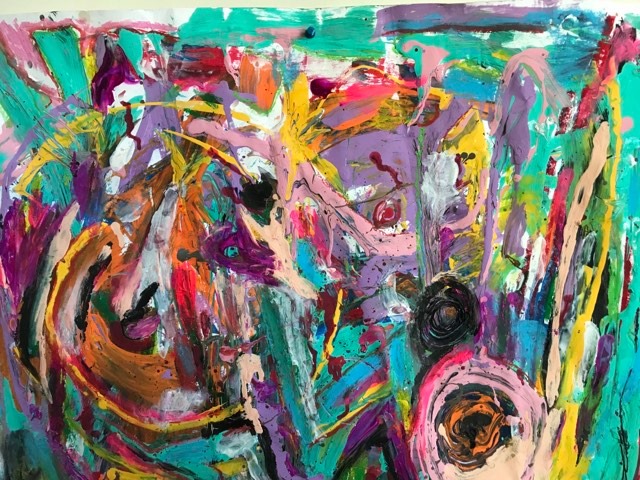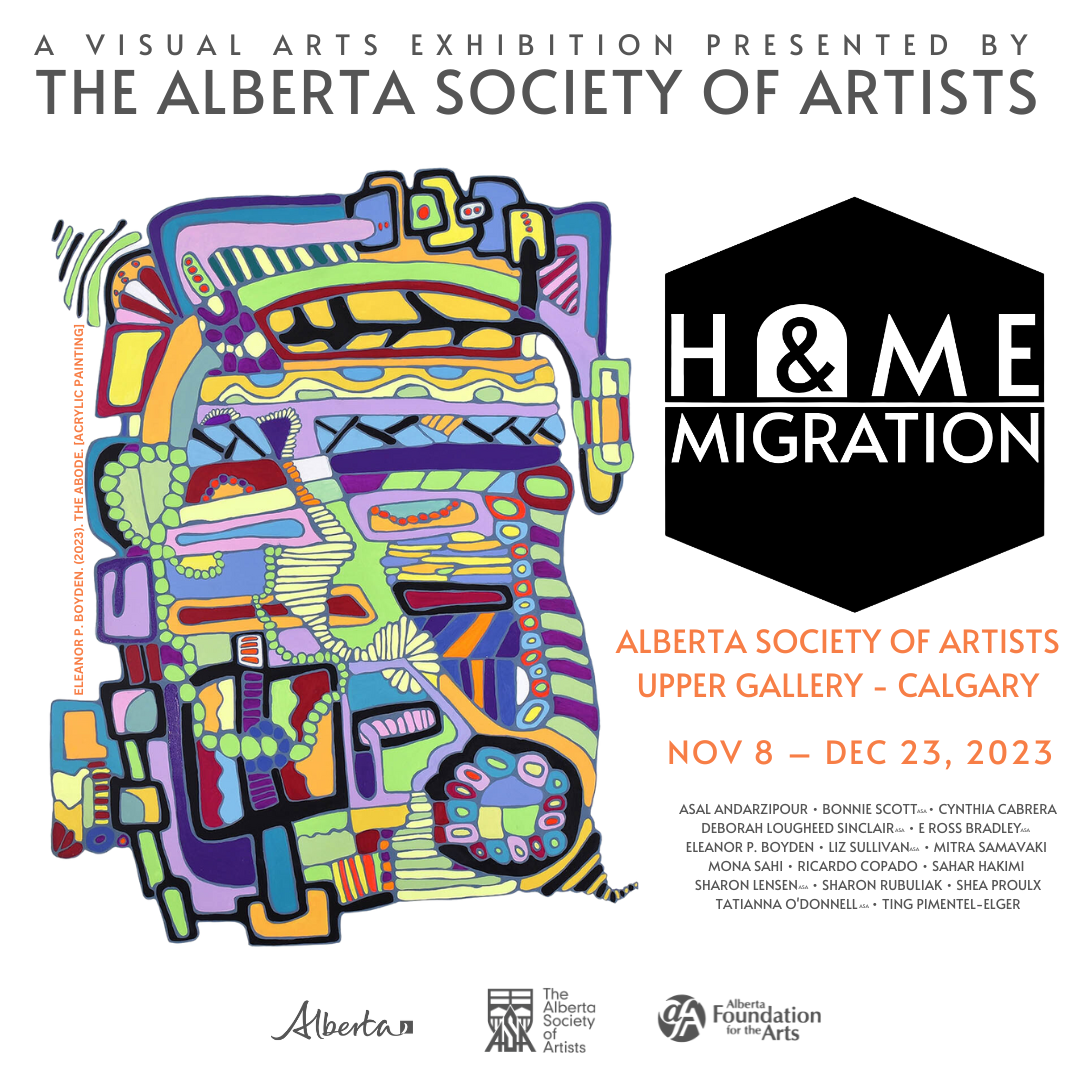
Home & Migration
A Travelling Group Exhibition of:
Visual Artworks
Calgary
Dates
November 8, 2023 – Decemebr 23, 2023
Venue
Upper Gallery
The Alberta Society of Artists Galleries
222-1235 26 Ave SE
Calgary, AB
Opening Reception
Saturday, November 18, 2023
2:00 PM – 4:00 PM
ALL ARE WELCOME
ABOUT THE EXHIBITION
The Alberta Society of Artists is excited to present “Home & Migration,” a travelling exhibition of visual artworks from a varied selection of Alberta Artists. Now in Calgary at the Alberta Society of Artists Upper Gallery after its initial run at the Art Gallery of Alberta in Edmonton. All presented works were selected from submissions to the Alberta Society of Artists’ call by a blind Jury.
Where is home?
What is home?
Is it a settled place of ‘now’?
A nostalga of a time and place long past?
Does it follow migration and the diaspora of community?
The Artists
Artists are listed alphabetically by First Name. Artist’s name followed by “ASA” denotes a Juried or Life Member of the Alberta Society of Artists (ASA).
|
|
|
|
See the exhibition works, including the Artists’ statements below. Use the arrows on the left and right sides to navigate through the 18 works, or use the small dots below the images to jump forward.
About the Land
Home & Migration reflects the many journeys of Albertans, both finding and leaving “homes” behind. Regardless of where each journey began or may end, recognizing those that came before, whose lands hold many homes, is an important part of that journey.
The Alberta Society of Artists (ASA) acknowledges that what we call Alberta, where our organization has found its’ home, is the traditional and ancestral territory of many peoples, presently subject to Treaties 6, 7, and 8. Namely: the Niitsitapi (Blackfoot) Confederacy (Kainai, Piikani, and Siksika), the Nehiyawak (Cree), Dene Tha’ (Slavey), Dane-zaa (Beaver), Denesuliné (Chipewyan), Saulteaux, Nakota Sioux, Iyarhe Nakoda (Stoney) (Chiniki, Bearspaw, and Wesley), and the Tsuu T’ina Nation and the Métis People of Alberta. This includes the Métis Settlements and the Six Regions of the Métis Nation of Alberta within the historical Northwest Metis Homeland.
The Art Gallery of Alberta (AGA), the current home of this exhibition, is located in what is commonly called Edmonton; however, this land has many names: amiskwacîwâskahikan – Cree (Beaver Hills House); ti oda – Nakota Sioux (Many Houses); and Amakowsis, or omahkoyis – Niitsitapi (Big Lodge).
Home & Migration showcases the work of Artists who currently live in Alberta. As our province continues to grow and evolve, numerous people have migrated to these lands with many stories and for various reasons. Reading the statements each Artist has submitted with their displayed art may help you to see where they find their “home.”
While viewing the exhibition, everyone is encouraged to reflect upon what they consider home. Is it a physical place? A feeling? A person? A moment in time? Has another person also called that “home”?
Are you interested in learning more about the First Peoples who call and have called Alberta home?
native-land.ca has an interactive map showcasing many of the Territories, Languages, and Treaties that impact Alberta, Canada and other parts of the world.
Below is an interactive embed of the native-land.ca, to view the full-screen version visit their website.
